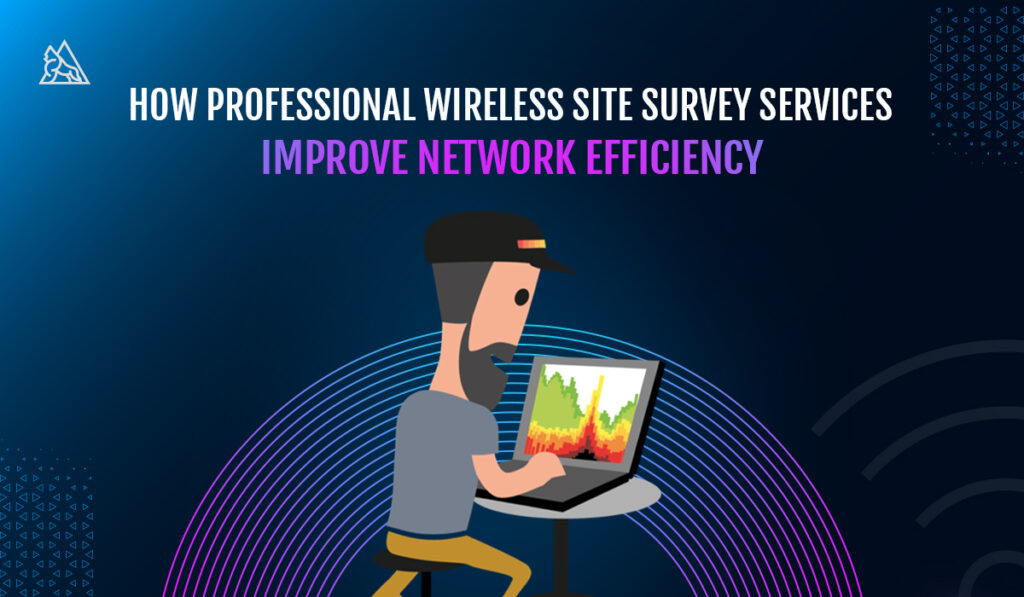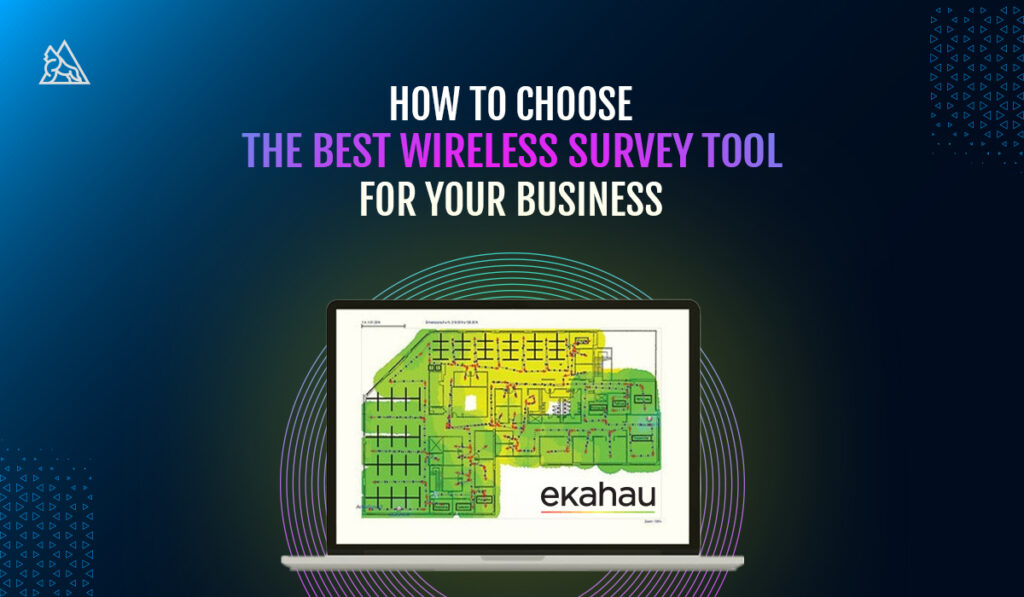Have you ever wondered how we went from talking to clunky chatbots that gave weird, robotic answers to interacting with AI that can write emails, plan trips, or even build websites?
Welcome to the world of AI agents—a rapidly evolving landscape that’s changing faster than most people realize.
In this article, we’ll take a journey from the humble beginnings of chatbots to the futuristic realm of autonomous AI. And by the end, you’ll have a whole new appreciation for the AI revolution that’s shaping our lives.
What Are AI Agents, Really?
Let’s start simple. AI agents are programs designed to perform tasks intelligently and autonomously—that means they can act on their own, learn from their environment, and solve problems.
Unlike regular software, AI agents can analyze data, make decisions, and interact with humans naturally. From the chatbot you argue with when tracking a package, to advanced AI that can write code for you—these are all AI agents.
But not all AI agents are created equal. Some are limited, some are smart, and some are autonomous—and that’s where things get exciting.
The Origin of Chatbots: Where It All Began
Imagine it’s 1966. People are still using rotary phones, and AI is just a dream. Then along comes ELIZA, the world’s first chatbot. Designed to mimic a psychotherapist, ELIZA could only respond based on pre-written scripts—no real understanding, no learning. But still, a huge milestone for its time.
Fast forward to the early 2000s, and we meet ALICE (Artificial Linguistic Internet Computer Entity), which won multiple awards for its conversational abilities. But, like ELIZA, ALICE was limited by its rule-based design, meaning it couldn’t handle anything outside its programming.
These early chatbots were like talking to a brick wall with a few clever comebacks. Still, they paved the way for something bigger.
Hello, Siri! The Rise of Intelligent Virtual Assistants
Then came the game-changer—Apple’s Siri in 2011, followed by Amazon Alexa and Google Assistant.
Unlike the chatbots before them, these assistants used Natural Language Processing (NLP) to actually understand what we were saying (well, most of the time).
As of 2023, over 4.2 billion digital voice assistants are in use worldwide, and the number is expected to reach 8.4 billion by 2024—more assistants than humans!
But as useful as Siri and Alexa are, they’re still limited in scope. They can play music or set reminders, but ask them to write your business report? Not gonna happen.
Conversational AI: The Era of Smarter Interactions
Say hello to ChatGPT, Claude, Gemini, and other Conversational AI giants.
Unlike traditional assistants, these AI models are built on Large Language Models (LLMs) that understand and generate human-like text.
For instance, ChatGPT, powered by OpenAI’s GPT-4, has been trained on massive datasets, allowing it to write essays, generate code, and hold nuanced conversations.
ChatGPT reached 100 million users just two months after launch, making it one of the fastest-growing apps ever.
These AI models are dynamic, flexible, and creative—but they still need humans to guide them. You give them a task; they deliver. But they don’t act on their own—yet.
Autonomous AI Agents: The Future Is Here
Now, let’s talk about Autonomous AI Agents, the next leap in AI evolution.
Unlike chatbots or conversational AI that respond when spoken to, autonomous AI can take initiative. Imagine an AI that plans a marketing campaign, executes it, tracks results, and adjusts strategy—without you lifting a finger.
Mind-blowing, right?
Take AutoGPT and BabyAGI—autonomous agents that can set goals, break them into tasks, and execute those tasks independently.
- Example: Tell AutoGPT to “create a website that sells sunglasses,” and it will research, generate content, design layouts, and even find suppliers—all without manual input.
This is next-level AI, moving from reactive to proactive.
What Powers These Super Agents? The Tech Behind the Magic
To understand how AI agents got so smart, let’s peek under the hood:
1. Large Language Models (LLMs)
These are AI models trained on terabytes of text data, enabling them to generate human-like language.
2. Reinforcement Learning (RL)
AI learns from trial and error, just like humans. RL helps agents improve their decision-making over time.
3. Multi-modal AI
Combines text, images, audio, and even video, making AI agents capable of interacting in diverse ways.
4. API Integrations and Plugins
Autonomous AI agents can connect to the web, databases, and other tools, making them highly functional in real-world scenarios.
Industries Transformed by AI Agents
If you think AI agents are just for fun chats, think again. They are redefining industries:
- Customer Service: AI chatbots handle 70% of customer queries without human help, saving companies billions.
- Healthcare: AI agents assist in diagnostics, patient care, and medical research—increasing accuracy and reducing human error.
- Finance: AI agents analyze market trends, predict risks, and automate trades—outperforming human analysts in some cases.
- E-commerce: Personalized AI shopping assistants recommend products, improving customer satisfaction and boosting sales by up to 40%.
- Marketing: AI can now create ad campaigns, write content, and analyze performance data—all autonomously.
Challenges and Ethical Questions
But let’s be real—AI agents aren’t perfect.
1. Bias and Misinformation
AI can reflect human biases in its training data, leading to unfair or inaccurate outputs.
2. Data Privacy
AI needs massive data to learn, raising concerns about how much personal data it uses and how it’s stored.
3. Job Displacement
With AI doing everything from writing blogs to coding, what happens to human jobs? A debate we need to address—fast.
4. Regulation and Control
Who governs AI? Without clear laws and guidelines, we risk misuse and harmful consequences.
The Future: Where Are AI Agents Going?
So what’s next?
Experts predict that AI agents will become even more autonomous, creative, and collaborative with humans.
Imagine having an AI business partner that strategizes, negotiates, and innovates—while you focus on what humans do best: empathy and creativity.
Some even say we might see AI agents interacting with each other to solve global challenges—like climate change, medicine, and space exploration.
Final Thoughts: Embracing AI Agents with Caution and Excitement
From scripted chatbots to AI that can think, act, and decide, we’ve come a long way.
The journey from chatbots to autonomous AI is not just a tech story—it’s a human story, about how we innovate, adapt, and imagine new possibilities.
So whether you’re excited or nervous about AI agents, one thing’s clear: they’re here to stay. The real question is—how will we work with them?











